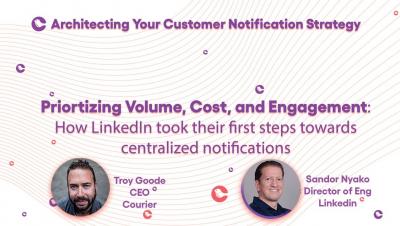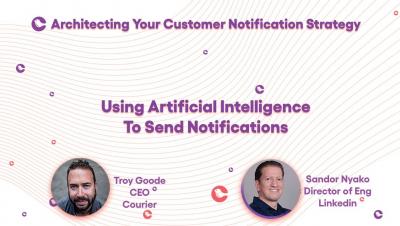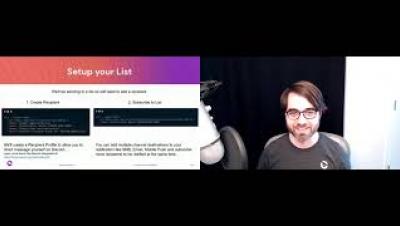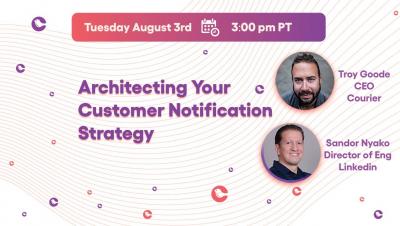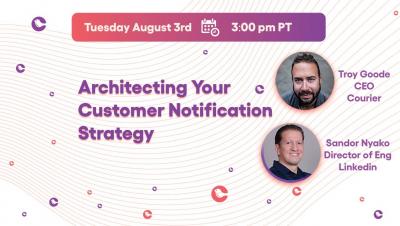Teams | Collaboration | Customer Service | Project Management
Courier
How I used Unity and Courier to Create a Notification-based Game
Hello, world! I’m Matt Graber. I just finished my undergrad at the University of Maryland. I started my game development career back in freshman year in the UMD AR club. I used to teach other students how to create augmented and virtual reality experiences with Unity, a cross-platform game engine. I also enjoy informal game jams and larger projects in Unity with fellow developer friends. Recently, I won the sponsored prize at the Bitcamp hackathon for building Package Person
What are the 5 rights of notification sending within LinkedIn's Communications team(ATC)?
Nodemailer and the SaaS Paradox of Choice
Early stage companies are constantly evolving their product to fit the market they operate in. They reach customers to keep them engaged using a high magnitude vector that contributes to their success. Architecting the communications strategy for your product thus becomes an important problem to tackle, which in turn can cause second-order effects like having to trade off the speed of product development iterations.
Why Software Accessibility Matters
Making sure your software and its documentation is accessible is not only the right thing to do, it’s the smart thing to do—and it’s actually not that difficult. An accessible product is as usable as possible for everyone, regardless of their physical and cognitive abilities. For example, blind people should be able access your documentation with a screen reader, and neurologically atypical people shouldn’t be distracted by flashing screens, pop-ups, or carousels.
Architecting Your Customer Notification Strategy w/ Sandor Nyako
Architecting Your Customer Notification Strategy w/ Sandor Nyako | LinkedIn Engineering
Journey Mapping: How to Master the Art of Interrupting
Notifications are good for user experience. There, I said it. The word “notification” might conjure images of annoying interruptions for your users, but it should also remind them of moments where they were quietly guided to a more desirable experience. Notifications can guide users through key setup steps in onboarding, reward a positive interaction, and encourage exploration.


